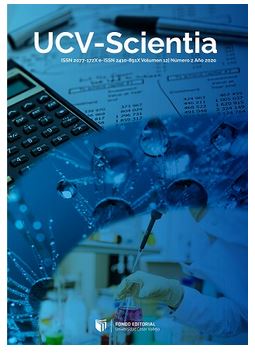Perception of obesity by teen school district of Trujillo
Keywords:
Perception, Obesity, Adolescent, Highschool studentAbstract
The obesity of children and adolescents has become an emerging problem in public health, and a direct relationship between obesity that happens during lactation, preschool or adolescent stage, with a higher percentage of children respectively remain overweight adulthood, and with the negative health consequences. Sedentary style of living and hypercaloric food consumption are the main factors as causes of obesity. Teenager perception over obesity causes and consequences can help to make personal so health political decisions. In this study were interviewed 915 high school boys and girls aged 10 to 14 years old that were attending public schools in Trujillo district. Overweight and Obesity were present in 23% and 10% respectively for both sex and all ages. According sex, overweigh was present 19,4% in girls and 26,9% in boys and so Obesity in 12,6% of girls and 6,4% of boys. Illness perception of obesity was present in 57,2% of girls and 49,0% of boys (p=0,014); and so perception that obesity is consequence of good appetite was present in 45,0% of girls and 61,3% of boys (p< 0,0001). 77,0% of girls and 83,6% of boys proposed as an obesity prevention measure to practice regular physical activities.
Downloads
Published
How to Cite
Issue
Section
License
Copyright (c) 2013 UCV - Scientia

This work is licensed under a Creative Commons Attribution-NonCommercial 4.0 International License.
- Share — copy and redistribute the material in any medium or format
- Adapt — remix, transform, and build upon the material.
- The licensor cannot revoke these freedoms as long as you follow the license terms.
Under the following terms:
-
Attribution — You must give appropriate credit, provide a link to the license, and indicate if changes were made. You may do so in any reasonable manner, but not in any way that suggests the licensor endorses you or your use.
- No additional restrictions — You may not apply legal terms or technological measures that legally restrict others from doing anything the license permits.













